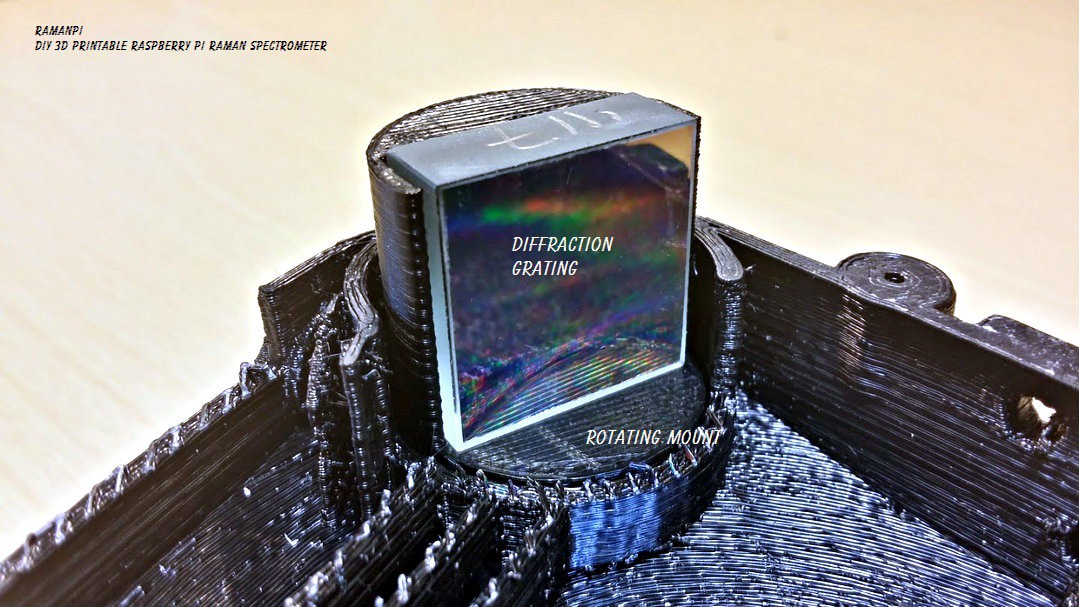

Most elements are first put into a gaseous phase to allow the spectra to be examined although today other methods can be used on different phases. Rather spectroscopy involves the splitting of light by a prism, diffraction grating, or similar instrument, to give off a particular discrete line pattern called a “spectrum” unique to each different type of element. Although color is involved in spectroscopy, it is not equated with the color of elements or objects which involve the absorption and reflection of certain electromagnetic waves to give objects a sense of color to our eyes.

Therefore, it was originally the study of visible light which we call color that later under the studies of James Clerk Maxwell came to include the entire electromagnetic spectrum. Spectroscopy began with Isaac Newton splitting light with a prism a key moment in the development of modern optics. There are various versions of this basic setup that may be employed. For astronomical purposes, the telescope must be equipped with the light dispersion device. Most spectroscopic analysis in the laboratory starts with a sample to be analyzed, then a light source is chosen from any desired range of the light spectrum, then the light goes through the sample to a dispersion array (diffraction grating instrument) and is captured by a photodiode. Spectral measurement devices are referred to as spectrometers, spectrophotometers, spectrographs or spectral analyzers. Spectroscopy is a branch of science concerned with the spectra of electromagnetic radiation as a function of its wavelength or frequency measured by spectrographic equipment, and other techniques, in order to obtain information concerning the structure and properties of matter. Important applications include biomedical spectroscopy in the areas of tissue analysis and medical imaging. Spectroscopy, primarily in the electromagnetic spectrum, is a fundamental exploratory tool in the fields of astronomy, chemistry, materials science, and physics, allowing the composition, physical structure and electronic structure of matter to be investigated at the atomic, molecular and macro scale, and over astronomical distances. Historically, spectroscopy originated as the study of the wavelength dependence of the absorption by gas phase matter of visible light dispersed by a prism. In simpler terms, spectroscopy is the precise study of color as generalized from visible light to all bands of the electromagnetic spectrum. Matter waves and acoustic waves can also be considered forms of radiative energy, and recently gravitational waves have been associated with a spectral signature in the context of the Laser Interferometer Gravitational-Wave Observatory (LIGO). Spectroscopy is the field of study that measures and interprets the electromagnetic spectra that result from the interaction between electromagnetic radiation and matter as a function of the wavelength or frequency of the radiation. An example of spectroscopy: a prism analyses white light by dispersing it into its component colors.


 0 kommentar(er)
0 kommentar(er)
